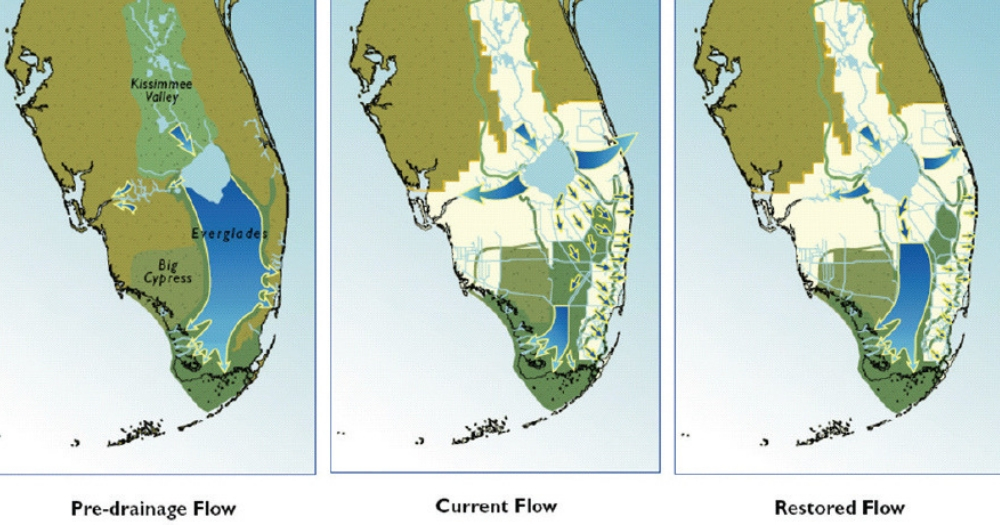Rainy season is officially upon us, which has many South Floridians wondering if Red Tide and other algae blooms will be as bad as last summer.
How Algae Blooms Happen & Spread
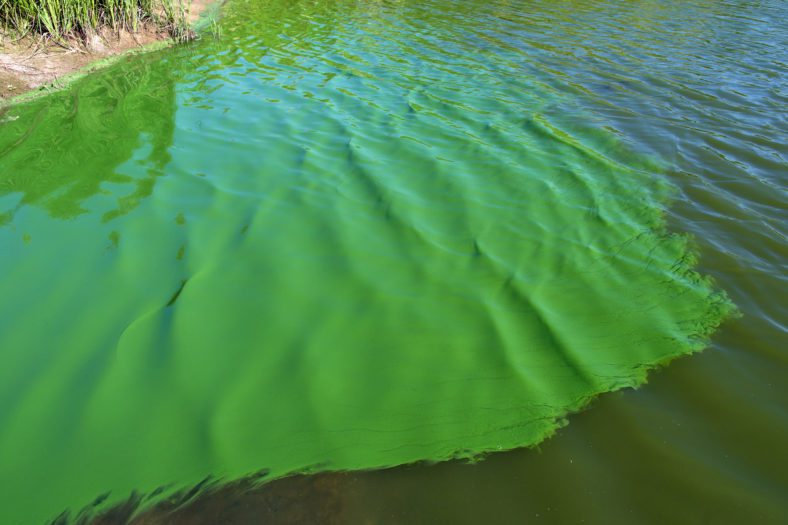
Algae blooms in Lake Okeechobee are naturally occurring. In the summer, the lake water warms up and heavy rains wash excess nutrients into it. This combination of warm, nutrient-rich water is a breeding ground for Cyanobacteria, which is the blue-green algae we’ve all heard about.
Most of the time, Cyanobacteria stays in Lake Okeechobee. During summers with heavy rain, however, the lake gets too full and is at risk of compromising the Herbert Hoover Dike, which was built in 1960. These water releases, via the Caloosahatchee and Port St. Lucie canals, are the massive releases that we’re all too familiar with. These releases don’t necessarily always have Cyanobacteria in them, but often do.
Water is also released from Lake Okeechobee during periods of intense drought. When the lake is at a low level, Cyanobacteria blooms are able to take over very large portions of the lake. To alleviate this, the Army Corps of Engineers will release small amounts of water, via the two canal systems, to push the Cyanobacteria out.
The practice of releasing water via these two canals has recently been heavily scrutinized. Southwest Florida gets natural Red Tide blooms typically every summer. However, when combined with the nutrient-rich lake water, the result is essentially a turbo-charged Red Tide bloom.
Long-Term Preventative Steps
One of the single largest issues being faced is a lack of storage space for excess water. Currently, the only real option is to release the water East and West of Lake Okeechobee, via the canal systems. Without these two canals, the surrounding cities and towns would be underwater for about half of the year.
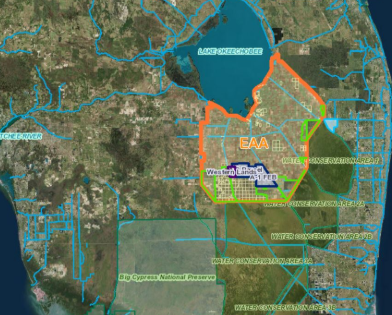
EAA Reservoir
To help with water storage, the Federal government recently approved the Everglades Agricultural Area Reservoir (EAA). The EAA will hold roughly 80 billion gallons of water, and cut down on discharges by up to 63%. This reservoir is just one component of a massive action plan that will be submitted for congressional approval by December of 2019.
You can view the entire Comprehensive Everglades Restoration Plan (CERP) here: https://www.sfwmd.gov/sites/default/files/documents/cepp_pacr_main_report.pdf
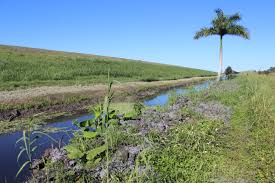
Herbert Hoover Dike Renovation
Another critical component of the CERP, is the renovation of the Herbert Hoover Dike. The dike surrounds the entire 730 square mile lake, with 143 total miles of embankment. Currently, the dike has a Dam Safety Action Classification (DSAC) rating of level 1, which is considered the most at risk of failure. Renovation of the dike will allow the lake to hold much more water, reducing discharges dramatically.
Short-Term Preventative Steps
While the EAA reservoir and renovation of the Herbert Hoover Dike may take years to complete, there are some short-term plans to help with South Florida water quality in the meantime.
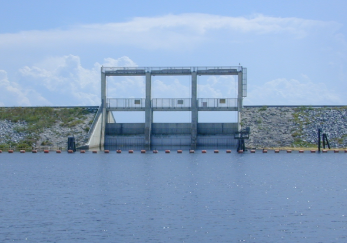
Strategic Water Releases
In February of 2019, the Army Corps of Engineers began releasing water again via the two canal systems. For three straight weeks, water was pumping out to the Gulf of Mexico and the Atlantic Ocean. Although this may seem counterproductive, it was done in order to dramatically cut back on needed releases during the rainy summer. The summer is also when Cyanobacteria is more prominent, so the goal is to release as little water as possible during this time.
Buy a Mini Reef!
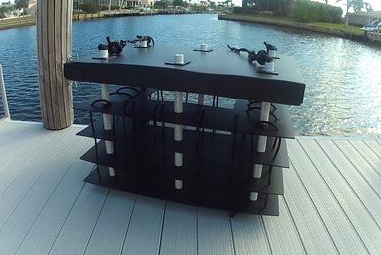
Ocean Habitats, Inc. is a Florida-based non-profit aiming to clean our waters and provide habitats for new life. For just $250, they will install a mini reef under your dock or along your seawall, completely out of sight. The reefs are made of polypropylene panels, PVC piping and rope. Once installed, each mini reef can filter about 30,000 gallons of water per day, as well as grow about 300 fish per year and 200 crabs per year.
In April of 2019, Ocean Habitats launched their “Thousand Reef Challenge” to get more South Florida residents to purchase a reef. Their first customer was Al Durrett, owner of Fish Tale Marina on Fort Myers Beach. Al purchased 40 units, which set the tone for other Fort Myers Beach residents who decided to hop on board.
If you live on the water, and would like more information on having a mini reef installed, check out the Ocean Habitats website here: https://www.oceanhabitatsinc.com/
Though it may be quite a while until this issue is fully mitigated, short-term steps are being taken to help as much as possible in the meantime. We can all do our part by cutting back on fertilizer use in the summer, as those nutrients also help fuel these harmful algae blooms.

